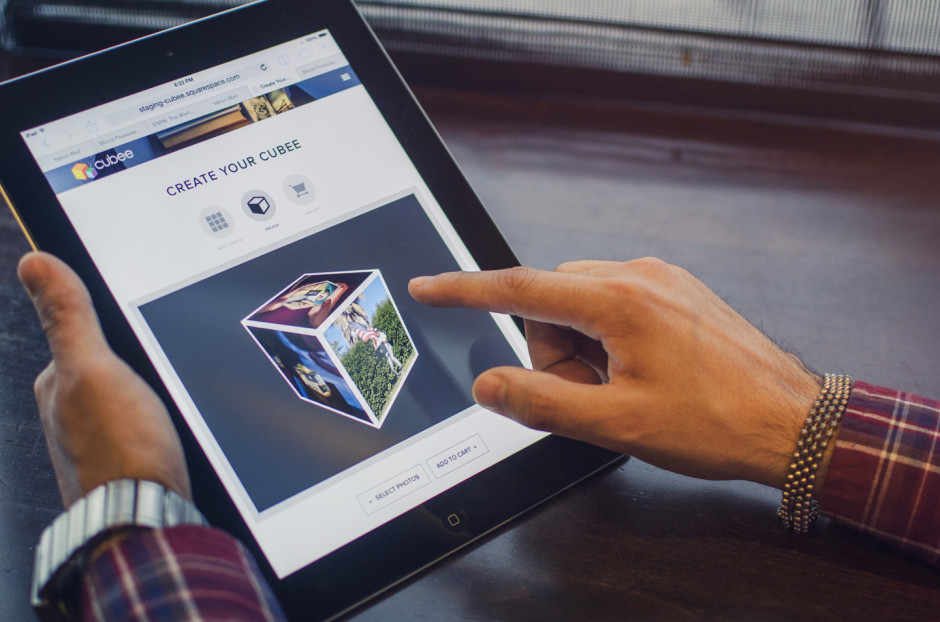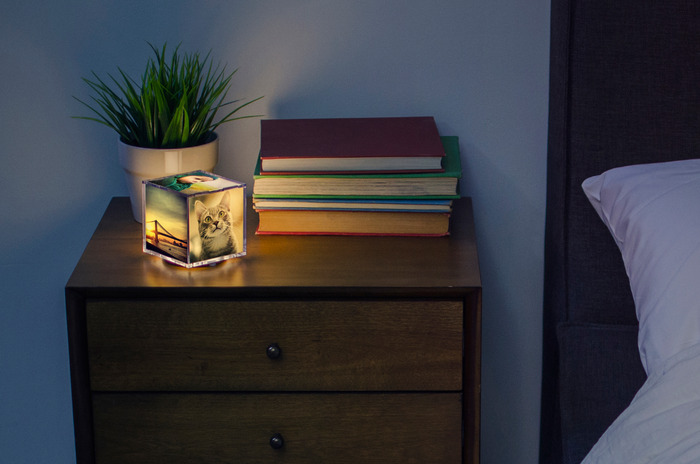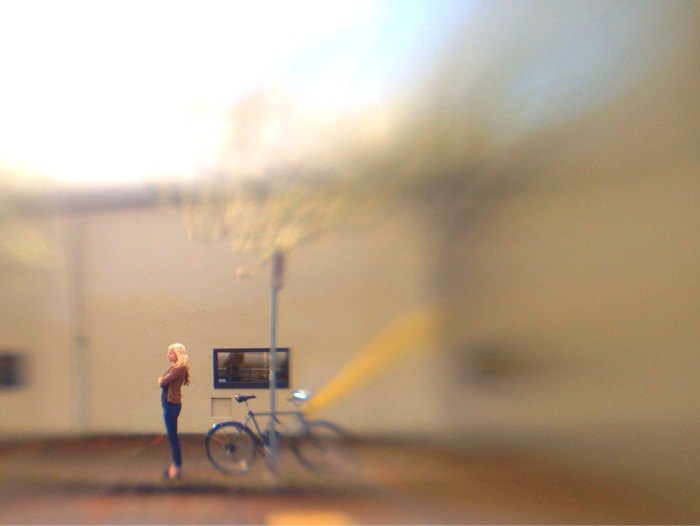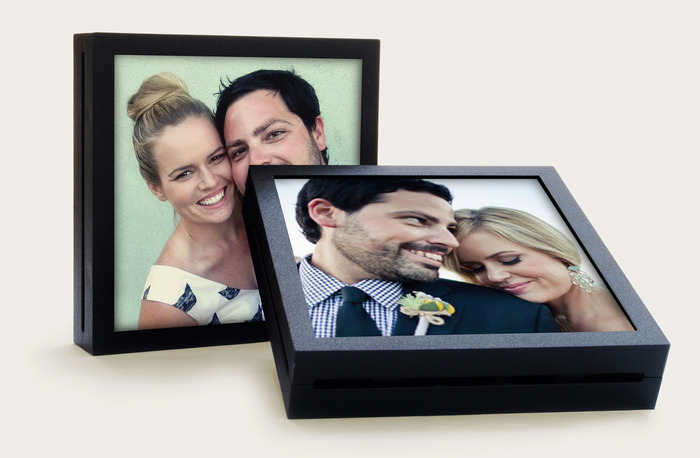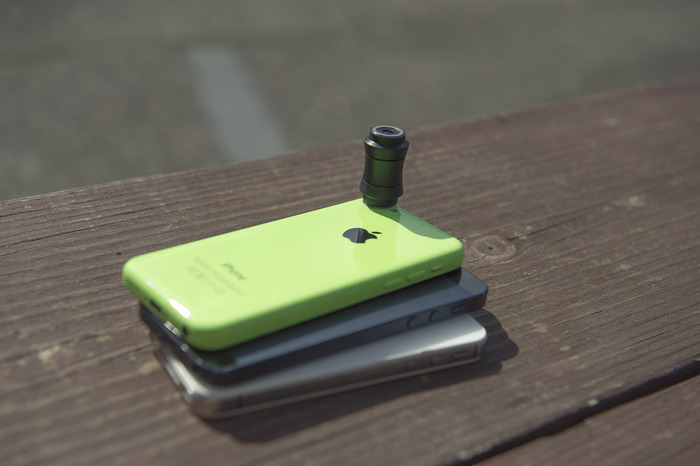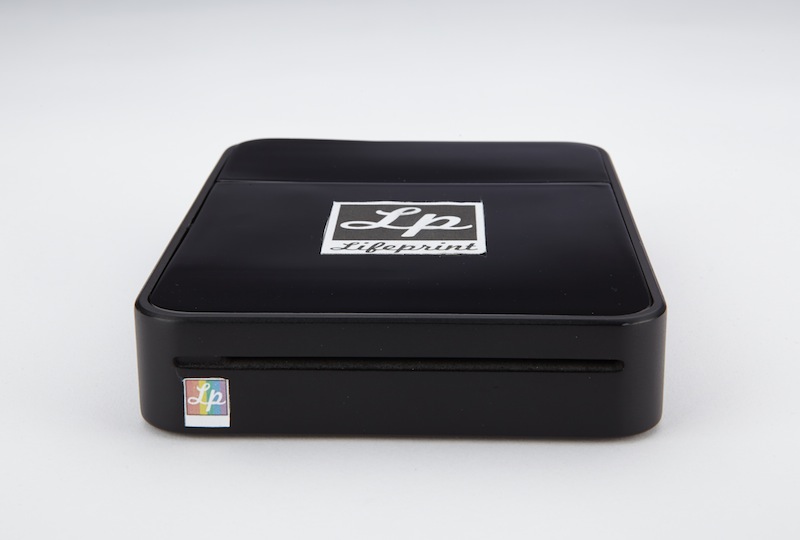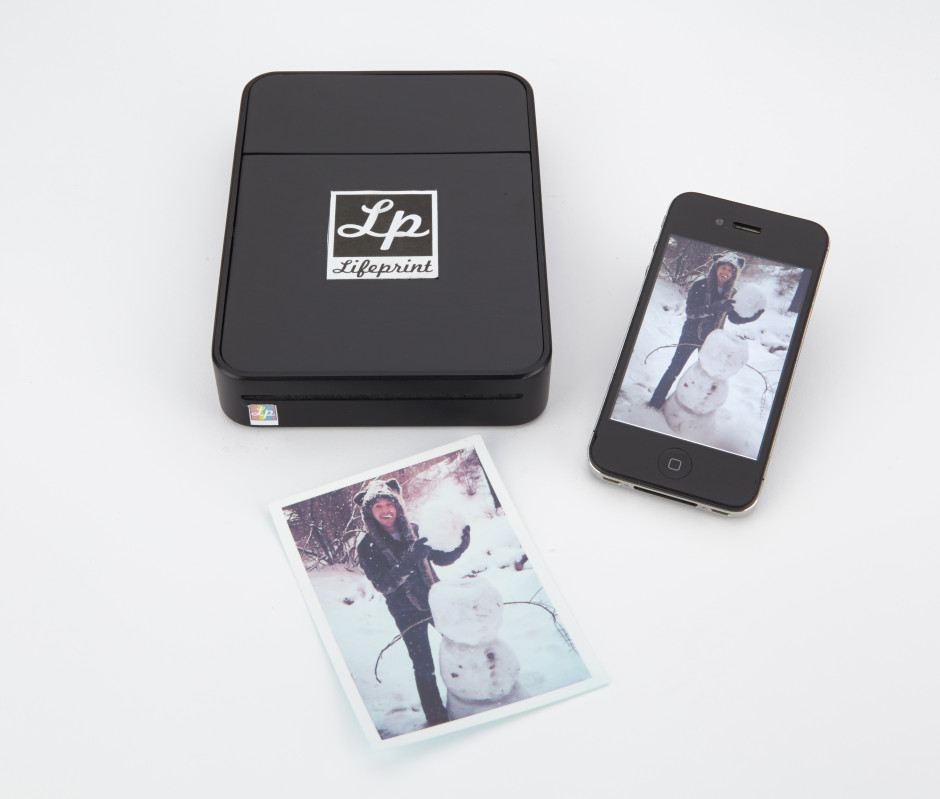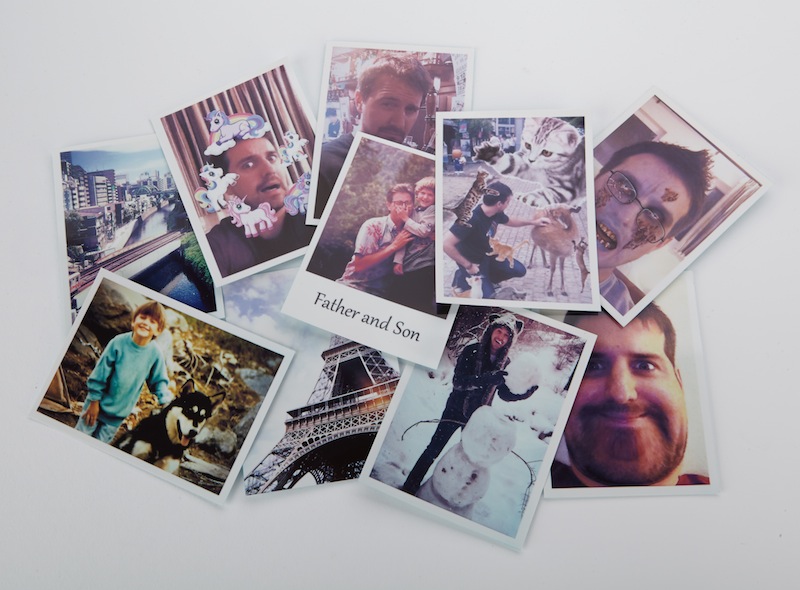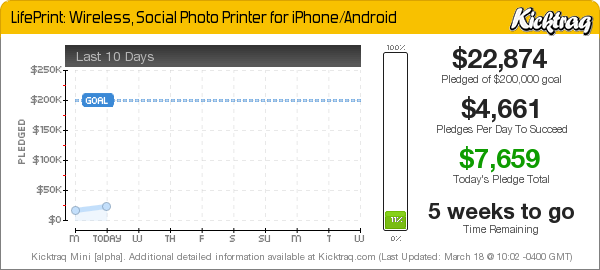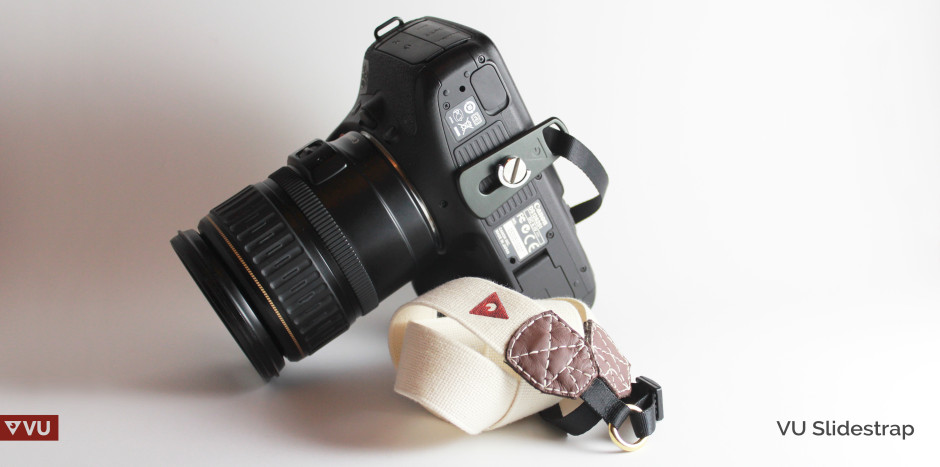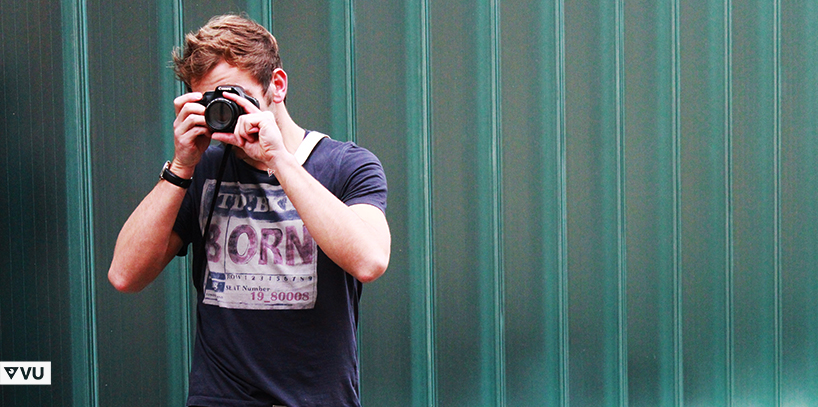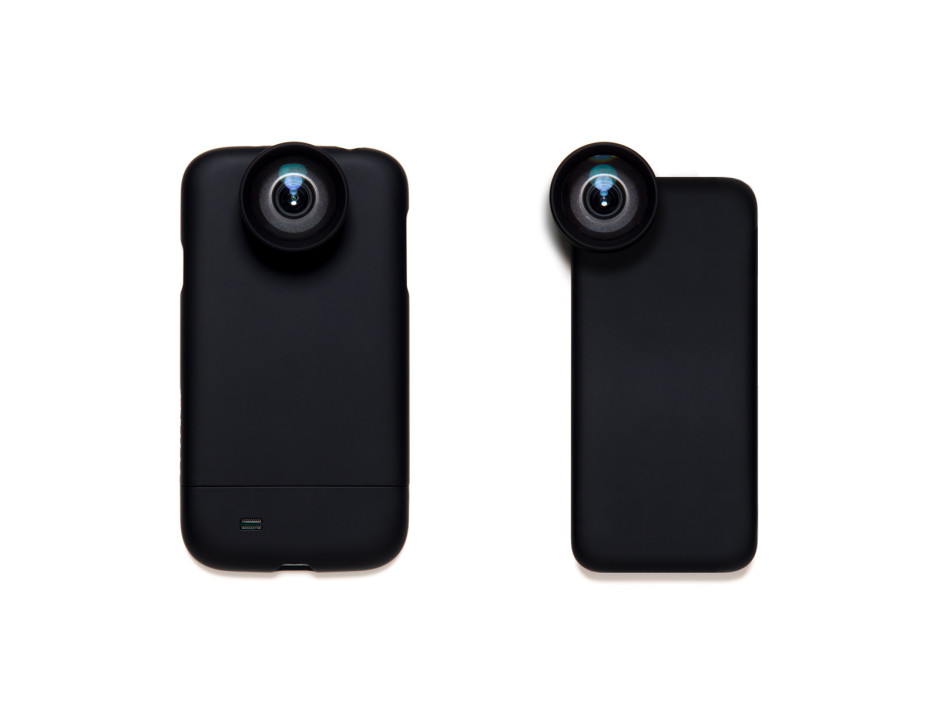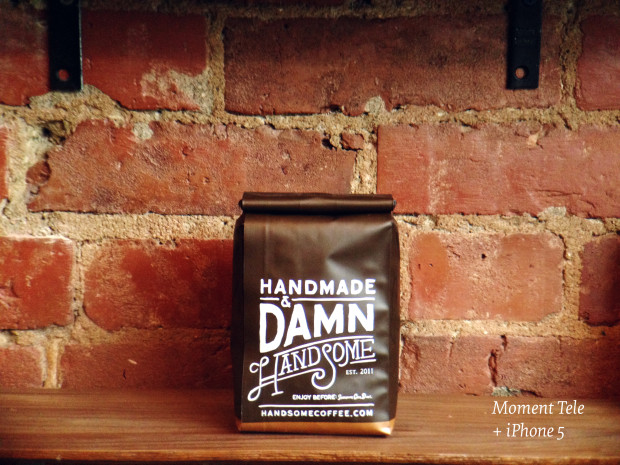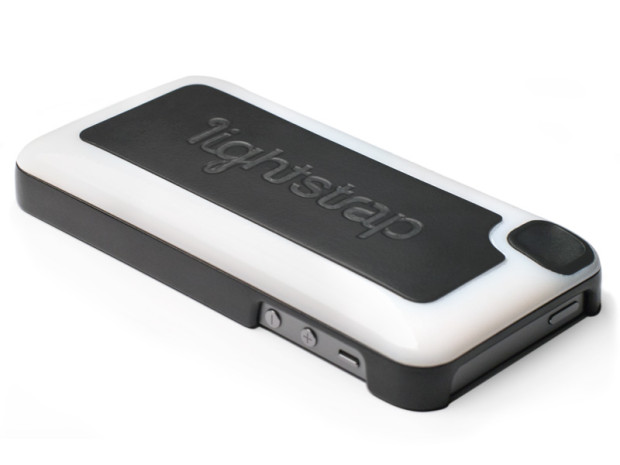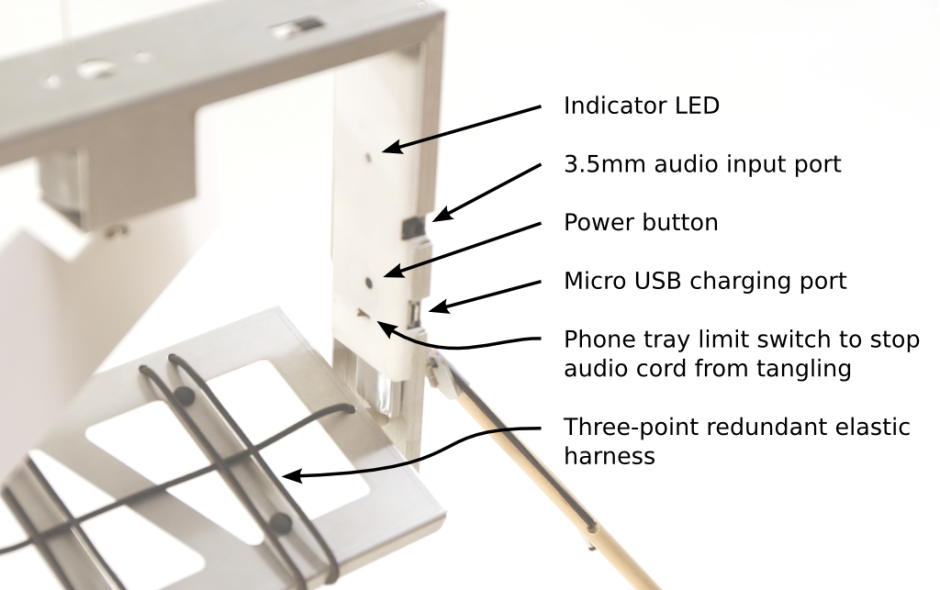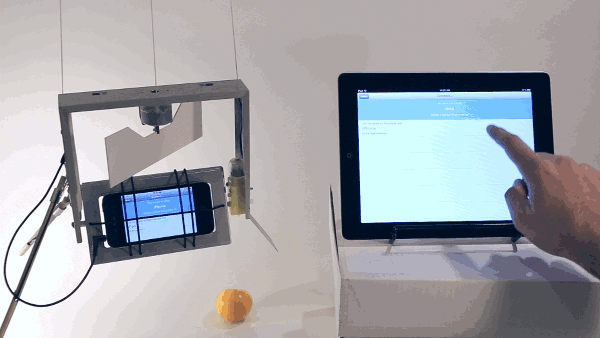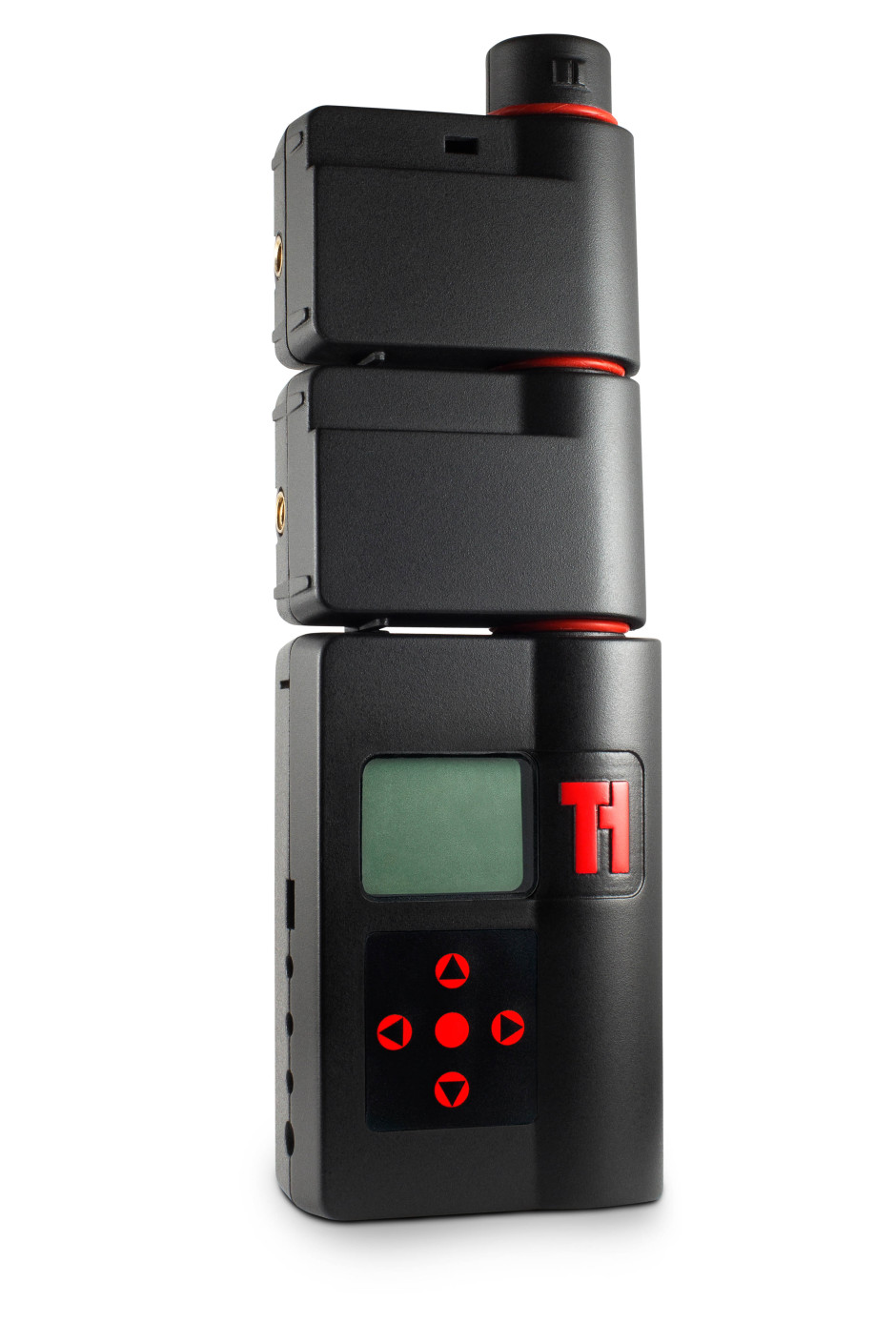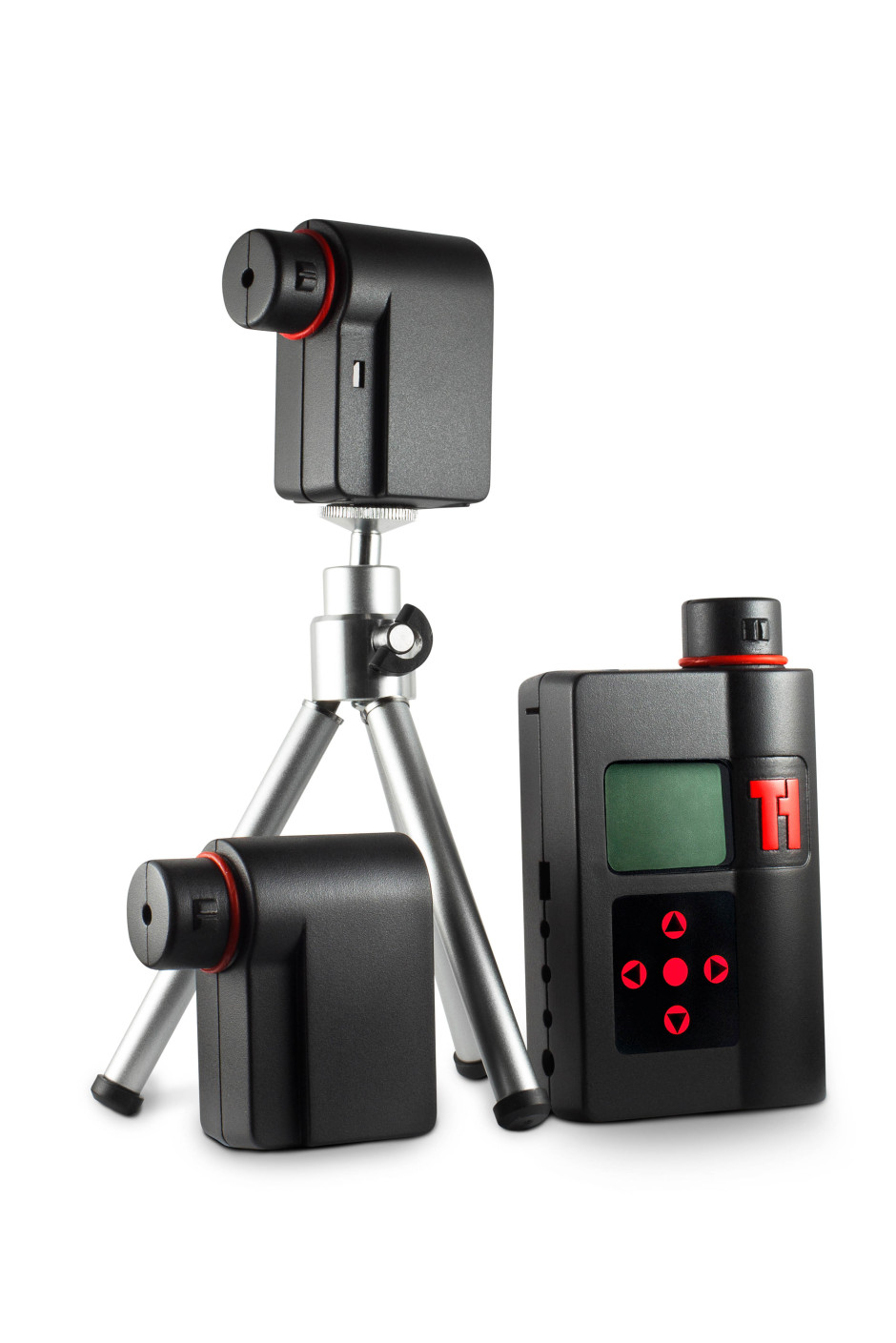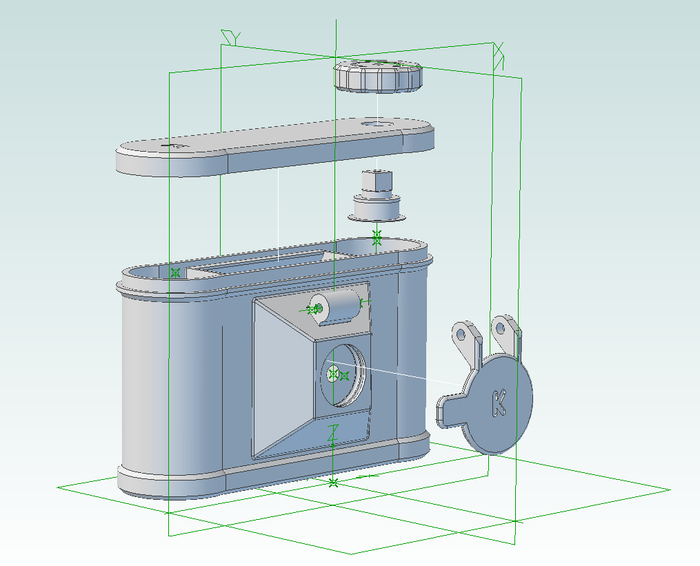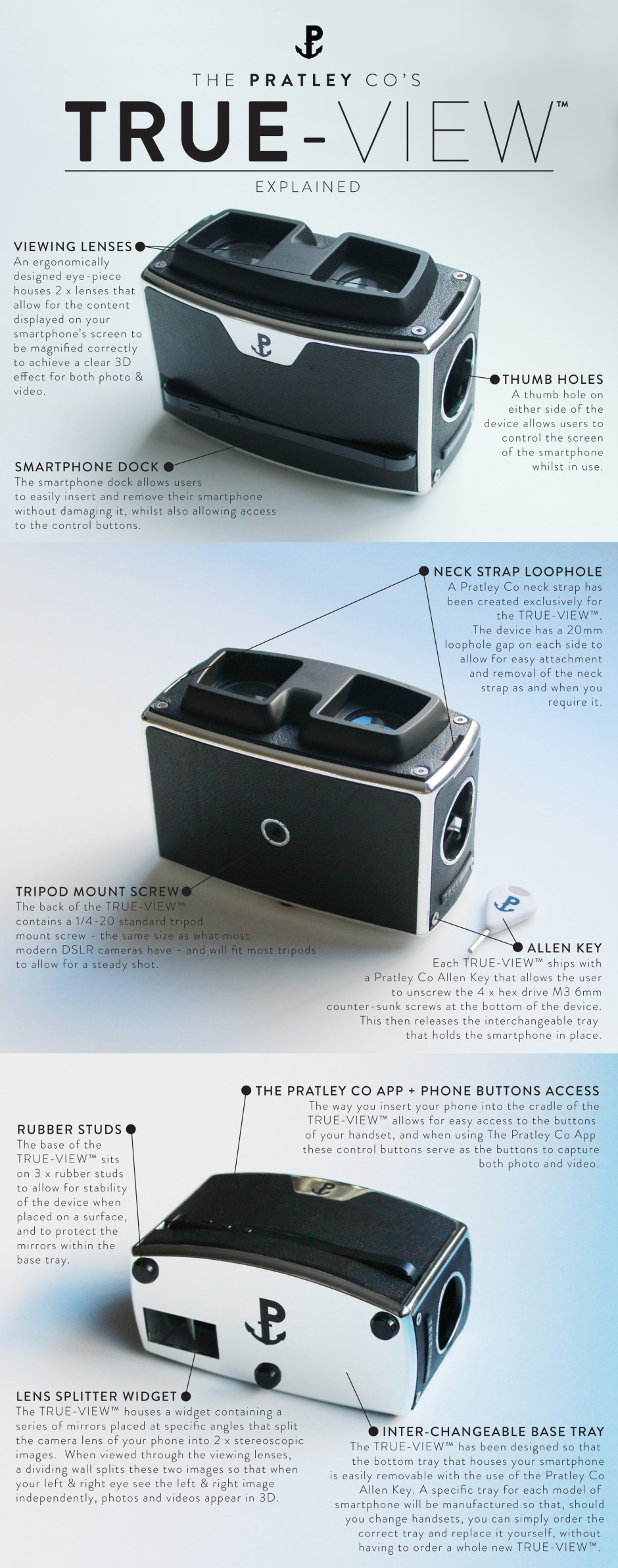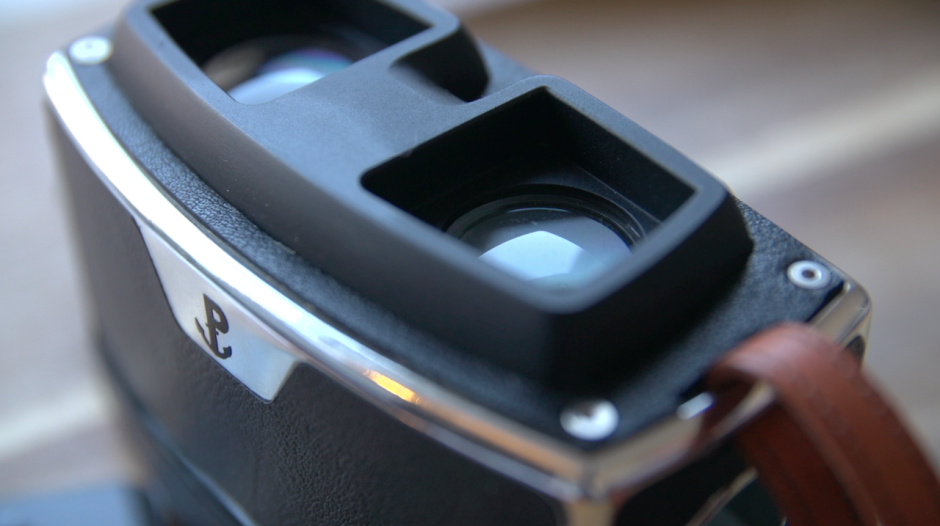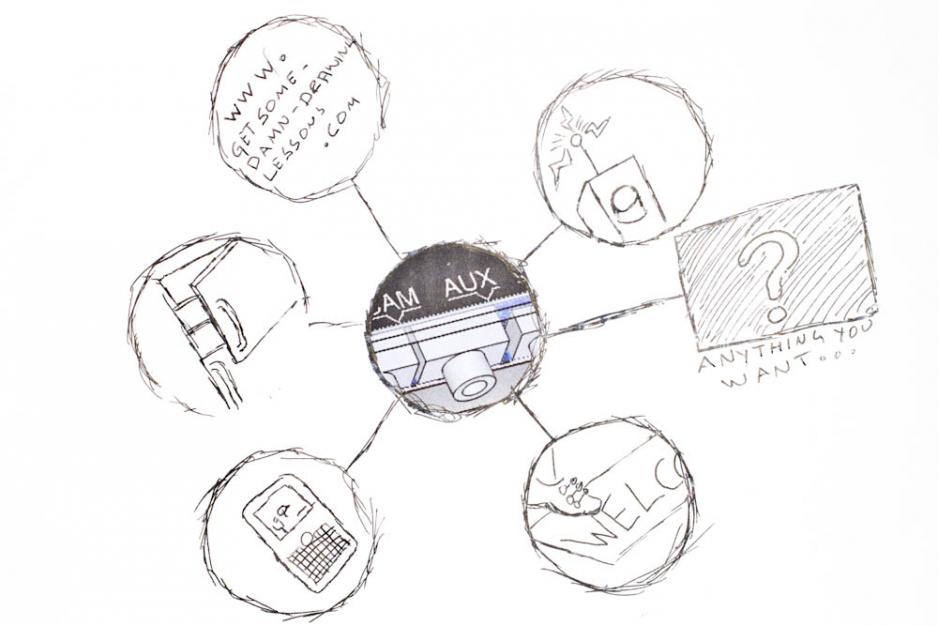If at the beginning of last year you'd asked me if one of the best $15 that I'd spend in 2013 might've been on a macro lens attached to an elastic band to use in conjunction with your smartphone, I probably would have looked at you askance. It's not so much that it's a ridiculous idea; actually it's pretty sensible – portable, flexible, affordable. But would it be effective? It wouldn't slip, would it? And it would actually magnify the subject, wouldn't it? And would I really make use of it? It might only be $15, but if I never use it, then it's $15 wasted. In 2014, the answers to those questions—would it work, would I use it, and would it be $15 well-spent—are very definitely yes. I pledged $15 for an Easy-Macro band on Kickstarter and it works a treat. It lives in my wallet, I use it regularly, and I love the results. If I choose to upgrade my iPhone or switch to a different manufacturer, my Easy-Macro will remain compatible. Fabulous!

There isn't just the review here on Photocritic, but I have lots of pretty close-up photos taken with my iPhone to show for it.
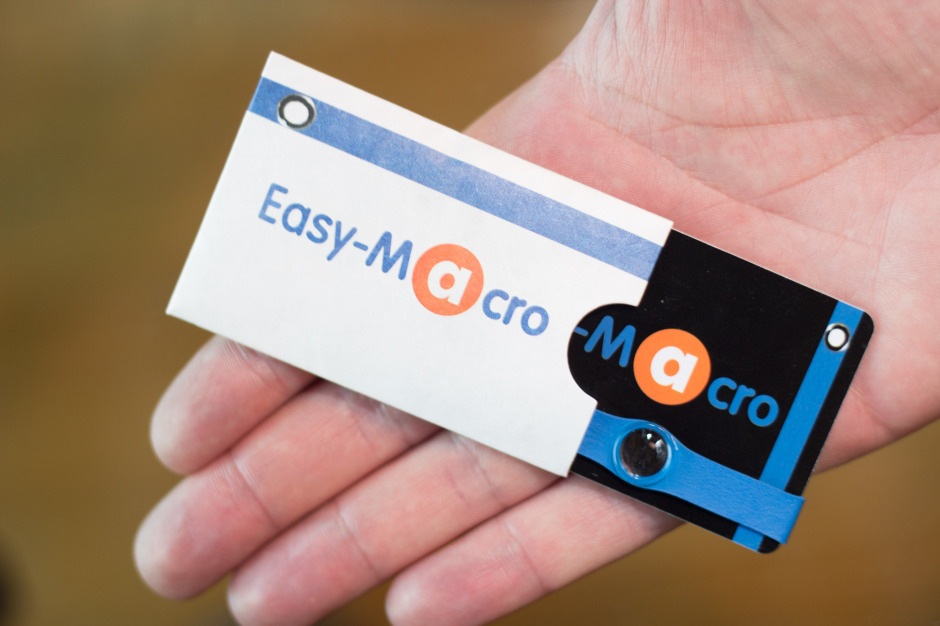
And now due to popular demand, Easy-Macro is expanding its product line. Woohoo!

In addition to the original 4× magnification band, a 2× and a 10× band are being put into production. Pledge $30 to the Easy-Macro Kickstarter campaign and you'll receive a triple pack of magnification bands if it successfully reaches its funding goal. You can then use them individually or stack them one on top of each other for some serious close-ups.
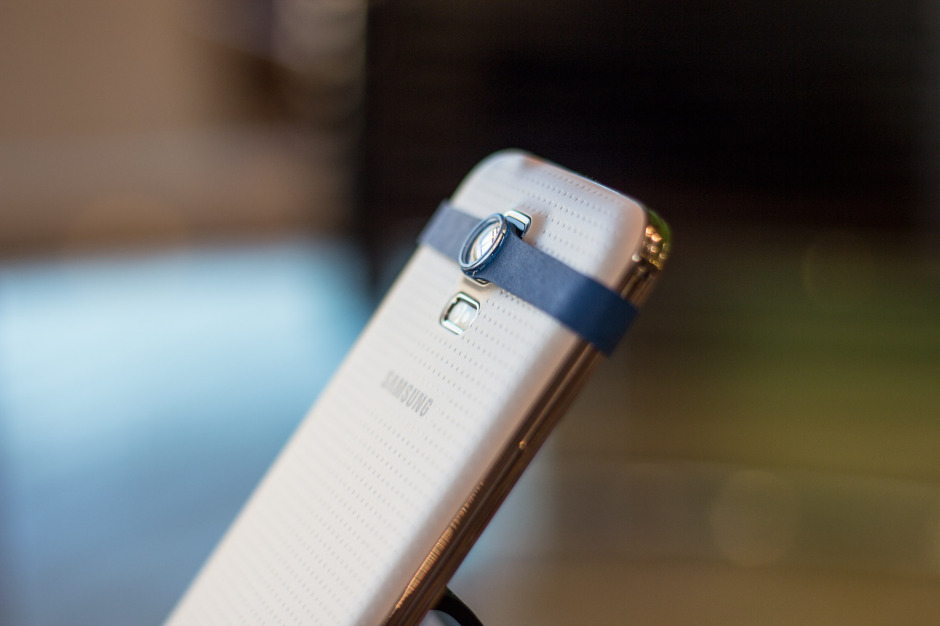
All of the details are available on the Easy-Macro Kickstarter page.







